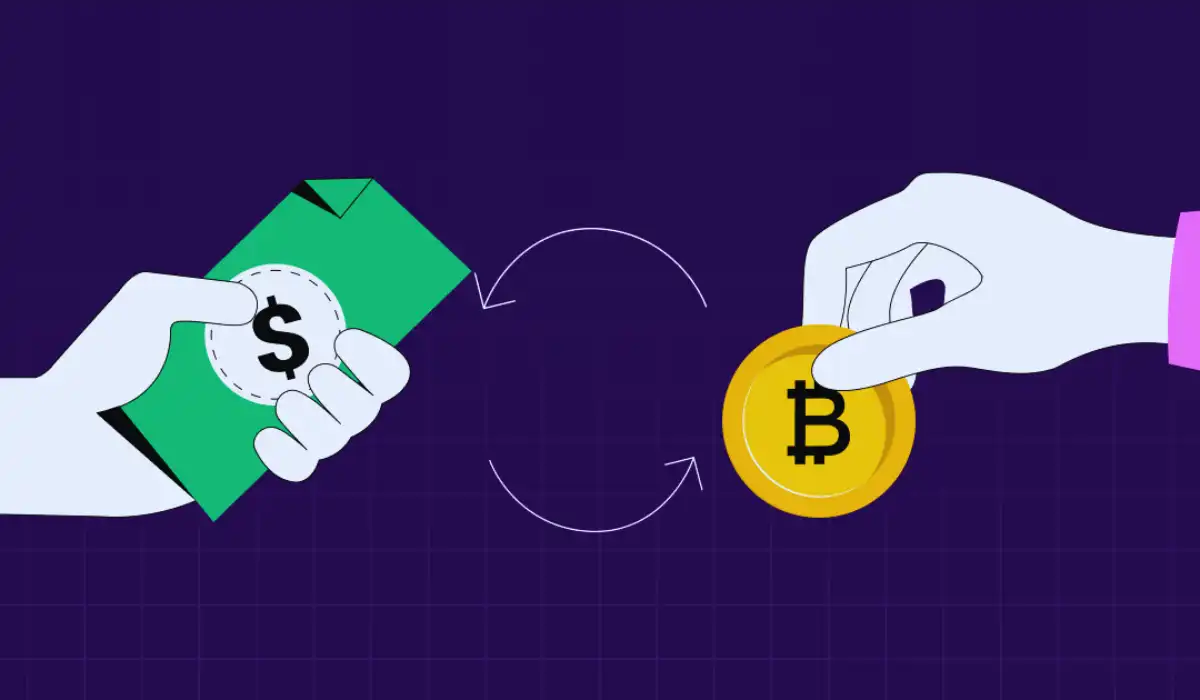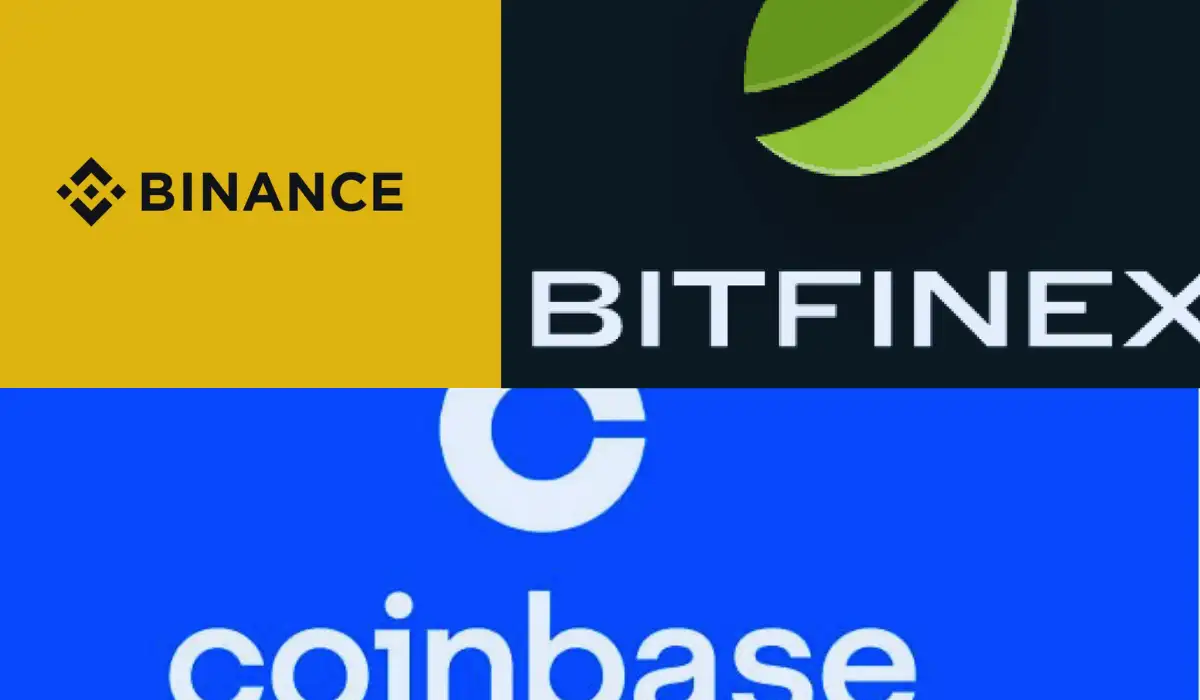Crypto exchanges form an integral part of the cryptocurrency trading process. It is barely possible to trade cryptocurrency without choosing a crypto exchange. Crypto exchanges are primarily divided into two categories centralized and decentralized exchanges. Initially, transactional processes were difficult in cryptocurrency. Centralized exchanges emerged as a solution to tackle the existing problems in carrying out the transaction process.
This sort of trade operates as a mediator between buyers and sellers, making the transaction process easier. Centralized exchanges gained widespread attention within a short time among the regulators and soon enough many centralized exchanges were established in the crypto industry.
Popular centralized exchanges

Coinbase: One of the top centralized cryptocurrency exchanges is Coinbase. With more than 10 million users, it became extremely popular. Coinbase provides a home to over 260 cryptocurrencies making it a favourable trading platform among the traders. Even though not every cryptocurrency is supported by the platform, it lets you trade popular cryptocurrencies. Brian Armstrong and Fred Ehrsam are the founding figures behind Coinbase who launched the platform on May 2012.
Binance: Binance is one of the world’s leading crypto exchanges. It gained wider attention as the platform operates one of the largest crypto exchanges in terms of daily trading volume of cryptocurrency. It provides over 350 cryptocurrencies and virtual tokens supporting over 100 cryptocurrencies. Binance has its own blockchain-based coin, BNB. Changpeng Zhao founded it in 2017. Within just six months of its launch, Binance became one of the world’s leading crypto exchanges.
Bitfinex: Bitfinex is one of the oldest and longest-running crypto exchanges. It supports over 170 cryptocurrencies and provides a large ecosystem for paper trading, margin accounts, derivatives, and spot trading. Bitfinex, owned and operated by iFinex is also considered one of the oldest crypto exchanges.
Coinbase vs Binance vs Bitfinex: A comparison
Even though Coinbase, Binance, and Bitfinex have some common factors, there are some fundamental differences between the three platforms. Let us look at some comparative features of three popular centralized crypto exchanges.
User experience
Coinbase: It has a simple and beginner-friendly interface. Coinbase has become a favorable choice among novel investors because they can easily navigate through the platform due to its simple structure. Coinbase also provides educational tools and trading strategies that help new and existing users easily understand the complex process of trading
Binance: As compared to Coinbase, Binance has a slightly complex interface that is designed for experienced traders. It offers more advanced and complex tools that are beneficial for experienced traders. These features might be quite overwhelming to the new users.
Bitfinex: Like Binance, Bitfinex also offers a complex interface that caters to the needs of experienced traders. The platform provides advanced functionality charts that help professional traders to predict positions and price rates. Bitfinex exchange is a great option for those who have been in the trading field for a long time.
Deposit fee
Coinbase: Coinbase usually does not offer any deposit fee.
Binance: Binance also does not charge any deposit fee but in some cases, it might vary depending on the type of cryptocurrency and various other factors.
Bitefinex: Bitfinex does not charge any deposit fee for cryptocurrency.
Withdrawal fee
Coinbase: Coinbase usually offers higher withdrawal fees. It charges much higher rates for bank transfers or while converting cryptocurrencies to fiat currencies.
Binance: Compared to Coinbase, Binance offers lower withdrawal fees for different cryptocurrencies. However, it might vary depending on the conditions of the blockchain network.
Bitfinex: The withdrawal fees of Bitfinex are often dynamic. The fee amount completely depends on the conditions of the blockchain network.
Payment methods
Coinbase: Coinbase mostly contains traditional payment options like PayPal, credit and debit cards, Google Pay, Apple Pay, 3D Secure Cards, and SEPA transfers.
Binance: Binance supports bank transfers, credit and debit cards, peer-to-peer options and cryptocurrency deposits.
Bitfinex: Bitfinex supports Mastercard, debit cards, Visa cards, and Union Pay.
Security features
Coinbase: Coinbase has secured systems to detect suspicious activities. The platform asks the users to go through a verification process using the KYC method. It stores most of its funds in cold storage. The platform offers 2FA authentication, sends emails to notify of any suspicious activities, and also features a Biometric fingerprint login for smartphones. Coinbase also imposes a 48-hour delay for withdrawals during security checks.
Binance: Like Coinbase, Binance also offers 2FA authentications and sends emails to notify any suspicious activities. It securely stores the funds in cold storage and Secure Asset Funds for users during emergencies. It also imposes withdrawal delays for 24 to 48 hours.
Bitfinex: Bitfinex also contains highly advanced security protocols. The platform offers security tools like IP whitelisting, 2FA authentication, and suspicious activity detection tools. Bitefinex only holds around 0.5% of the assets in the hit wallet.
Conclusion
As mentioned earlier crypto exchanges form the backbone of crypto trading. Choosing the right platform for trading is a crucial factor. While there are many popular exchanges like Coibase, Binance, and Bitefinex, they fundamentally differ from one another in many ways. Investors should consider their preferences, resources, and the crucial elements that are important for their trading experience before selecting any crypto exchange.

